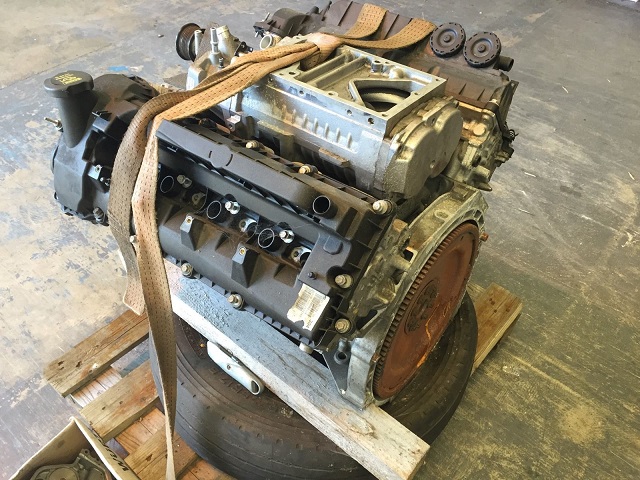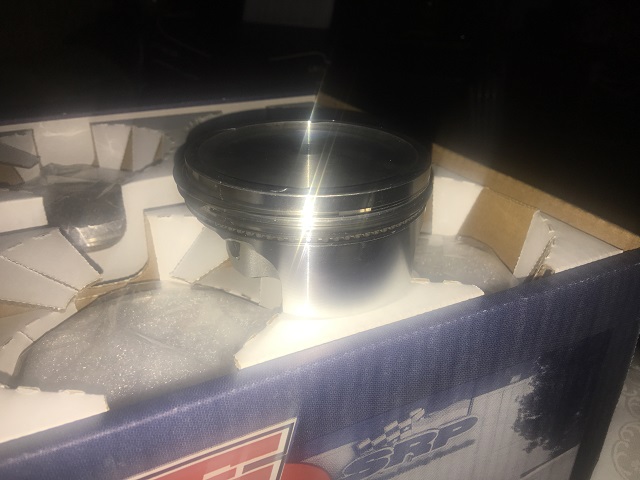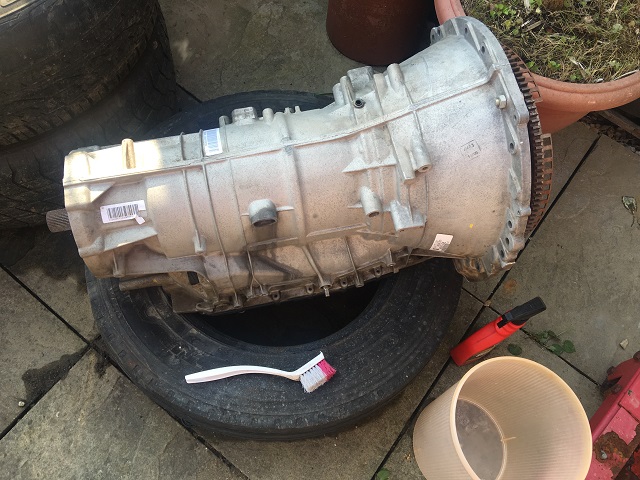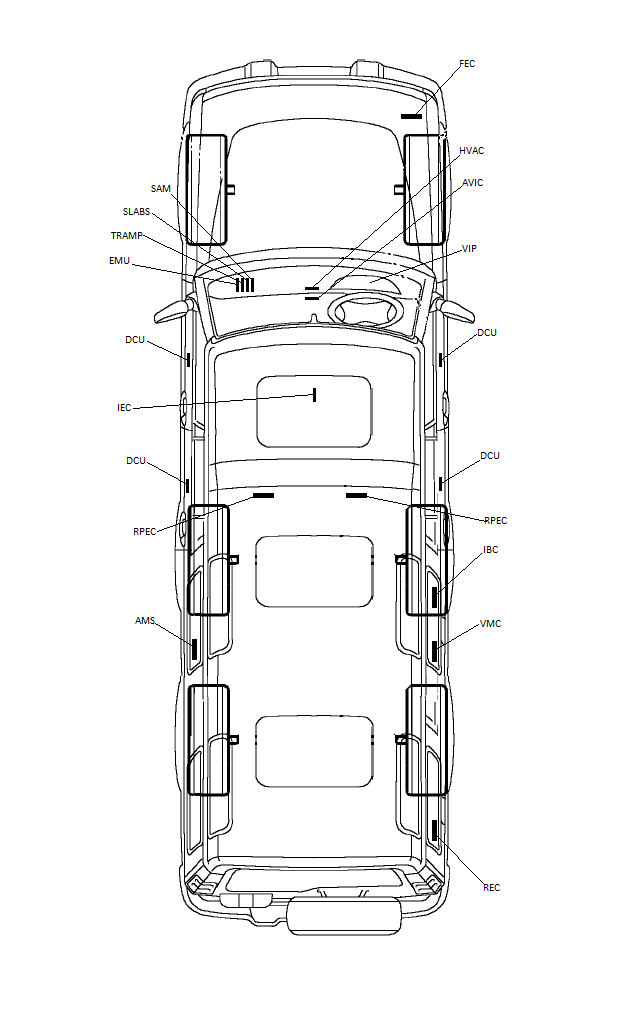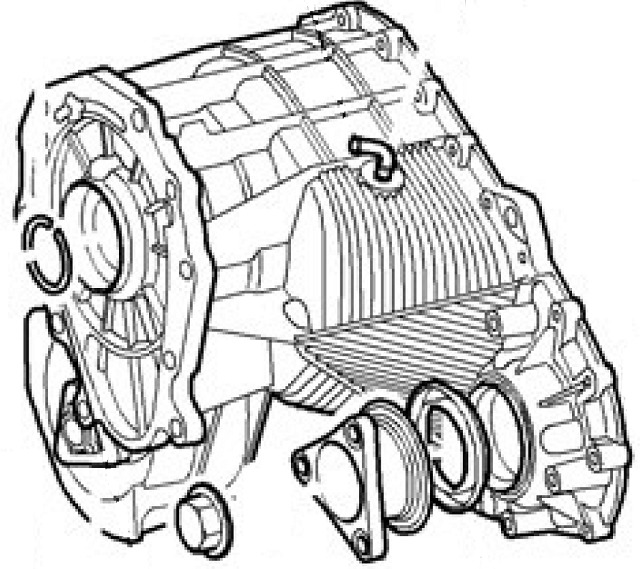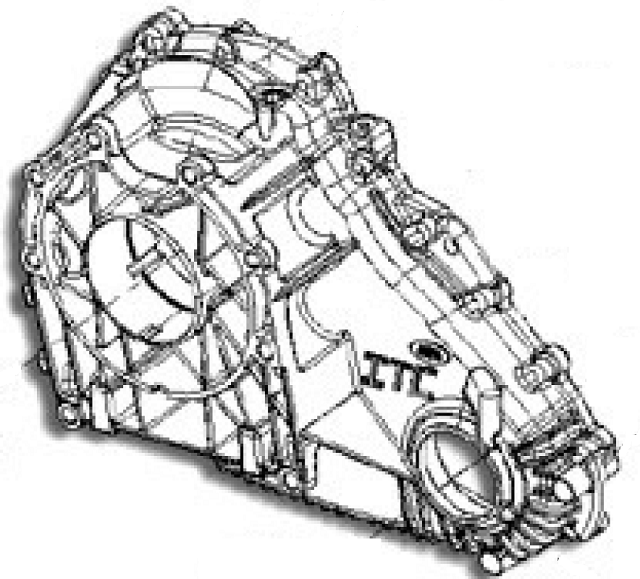dave658
Well-Known Member
- Posts
- 118
- Location
- Yateley, Hampshire
I vividly remember the handful of 6-wheel range rovers that used to float about in the early 80s, I was too young to drive at the time, but remember thinking how awesome they looked and how that’s what I would love to drive one day.
Fast forward a few decades, and just as my mid-life-crisis kicked in, I started to see Discovery vehicles based on these early chasses, notably from Trevor Alder and Adrian Goldie, and recalled with envy those heady far off days in the 80s.
Having a bit more spare time and cash than I did in my youth, I took the plunge to create my own 6 wheel masterpiece, but being an engineer, I didn’t want to take the easy route with the relatively basic Discovery I, but rather I wanted a Discovery II with 6-wheel ABS, 6-wheel self-levelling air suspension, 6-wheel ACE and of course, 6-wheel drive, if I was going to do this, I was going to do it probably damn it !
I invested in a 2003 rolling chassis and bought an additional rear half chassis from a vehicle that had suffered a frontal impact but was pristine at the back.
After speaking at length to the above mentioned Trevor and Adrian, and after taking careful measurements and taking into account the differences between disco 1 & 2, the magic figure of 41” as the distance between the 2nd and 3rd axles was arrived at and it was time to break out the MIG welder.
Actually, to be fair, although I can weld reasonably well, this was one of two welding jobs that I farmed out to professionals, in this case, as it is the structural integrity of the vehicle, I wanted to make sure that the 3rd axle didn’t drop off on the first speedbump due to my amateurish welding, so I enlisted the assistance of Safari Engineering, near me, who accepted the madness of the project and joined the two chasses
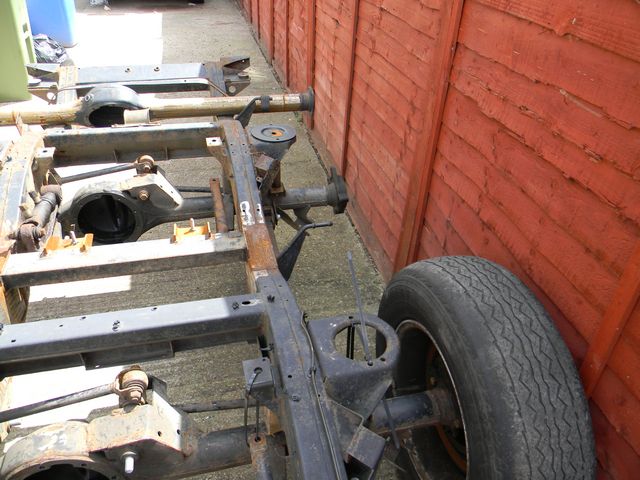
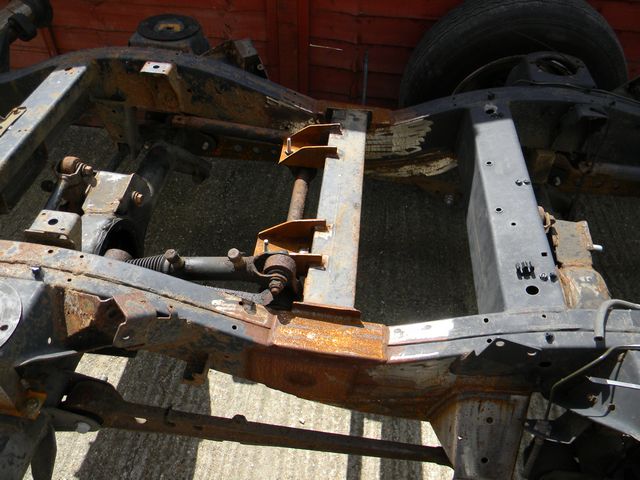
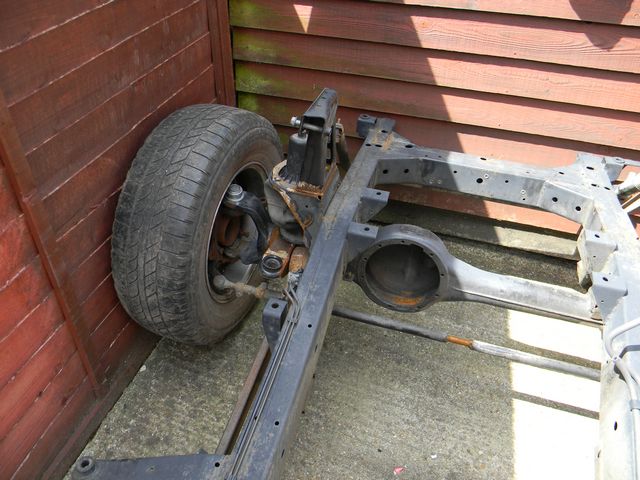
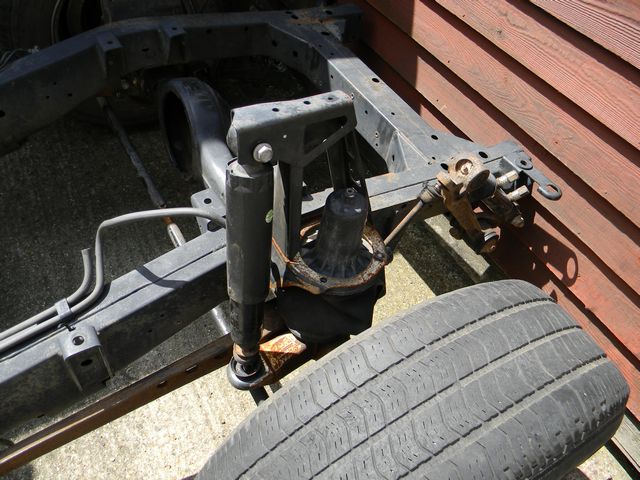
It was really hard to get the whole chassis into a single picture at this stage, as the combined structure is now over 19’ long, but you will see that the two rear axles are fairly conventional Discovery II setups, whilst the front axle is a Range Rover P38a item, modified to take Discovery II hangings, but it also has P38a turrets to allow air bags at the front in addition to those available on the rear for Discovery IIs. Those who are familiar with D2 chasses will recognise that this is a TD5 chassis, but I always wanted my baby to be a V8, so a change to the engine mountings was scheduled for the next phase
Fast forward a few decades, and just as my mid-life-crisis kicked in, I started to see Discovery vehicles based on these early chasses, notably from Trevor Alder and Adrian Goldie, and recalled with envy those heady far off days in the 80s.
Having a bit more spare time and cash than I did in my youth, I took the plunge to create my own 6 wheel masterpiece, but being an engineer, I didn’t want to take the easy route with the relatively basic Discovery I, but rather I wanted a Discovery II with 6-wheel ABS, 6-wheel self-levelling air suspension, 6-wheel ACE and of course, 6-wheel drive, if I was going to do this, I was going to do it probably damn it !
I invested in a 2003 rolling chassis and bought an additional rear half chassis from a vehicle that had suffered a frontal impact but was pristine at the back.
After speaking at length to the above mentioned Trevor and Adrian, and after taking careful measurements and taking into account the differences between disco 1 & 2, the magic figure of 41” as the distance between the 2nd and 3rd axles was arrived at and it was time to break out the MIG welder.
Actually, to be fair, although I can weld reasonably well, this was one of two welding jobs that I farmed out to professionals, in this case, as it is the structural integrity of the vehicle, I wanted to make sure that the 3rd axle didn’t drop off on the first speedbump due to my amateurish welding, so I enlisted the assistance of Safari Engineering, near me, who accepted the madness of the project and joined the two chasses




It was really hard to get the whole chassis into a single picture at this stage, as the combined structure is now over 19’ long, but you will see that the two rear axles are fairly conventional Discovery II setups, whilst the front axle is a Range Rover P38a item, modified to take Discovery II hangings, but it also has P38a turrets to allow air bags at the front in addition to those available on the rear for Discovery IIs. Those who are familiar with D2 chasses will recognise that this is a TD5 chassis, but I always wanted my baby to be a V8, so a change to the engine mountings was scheduled for the next phase


